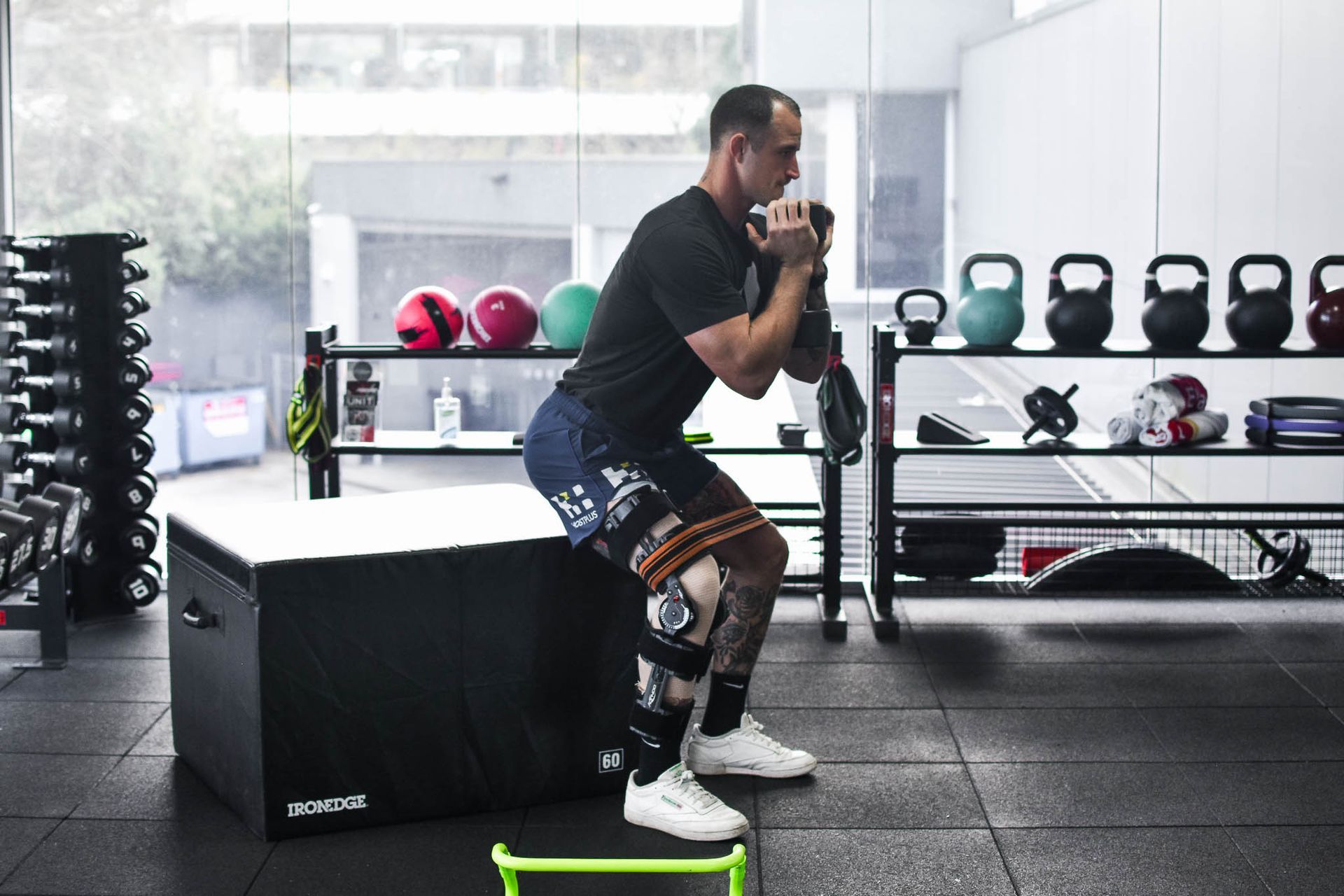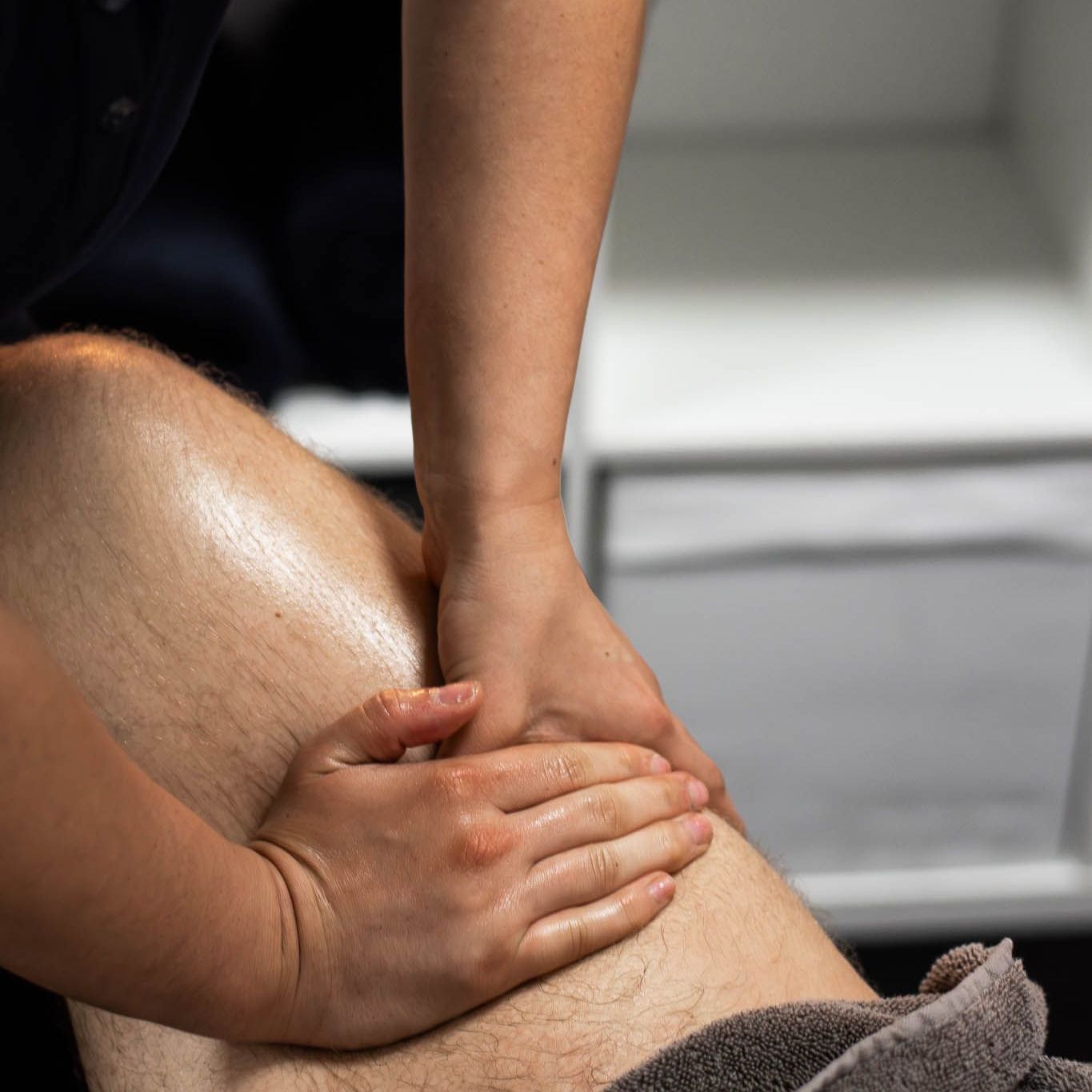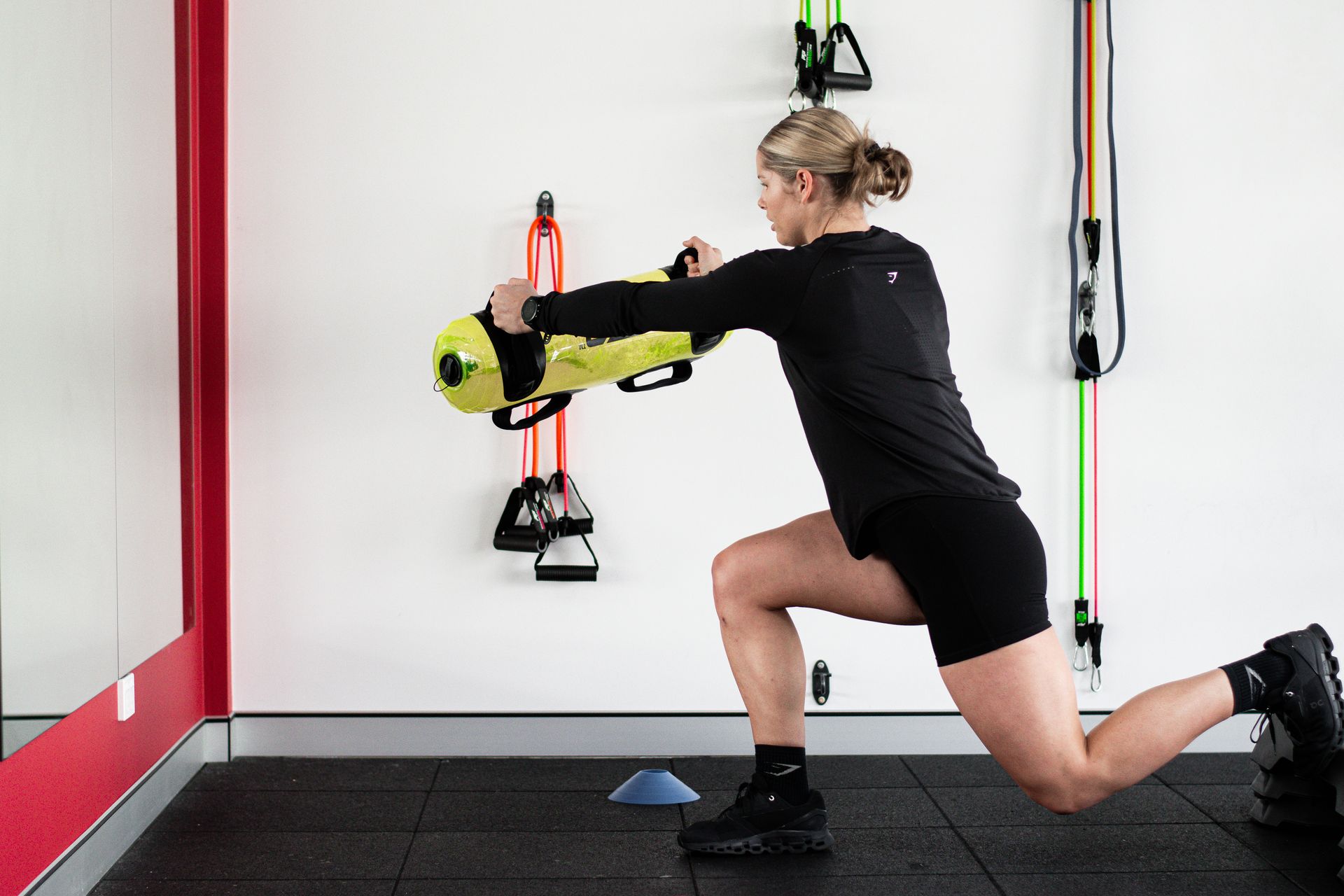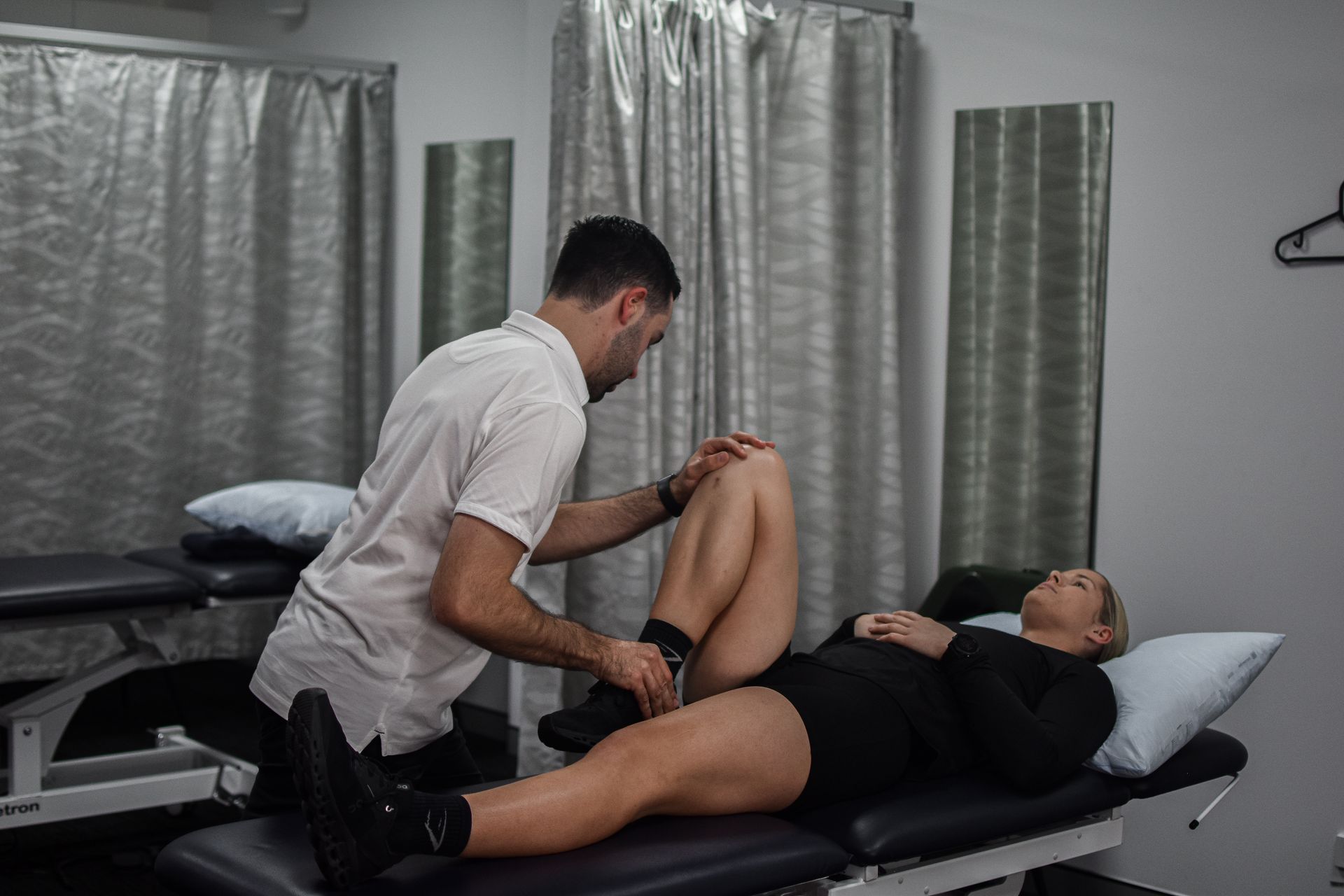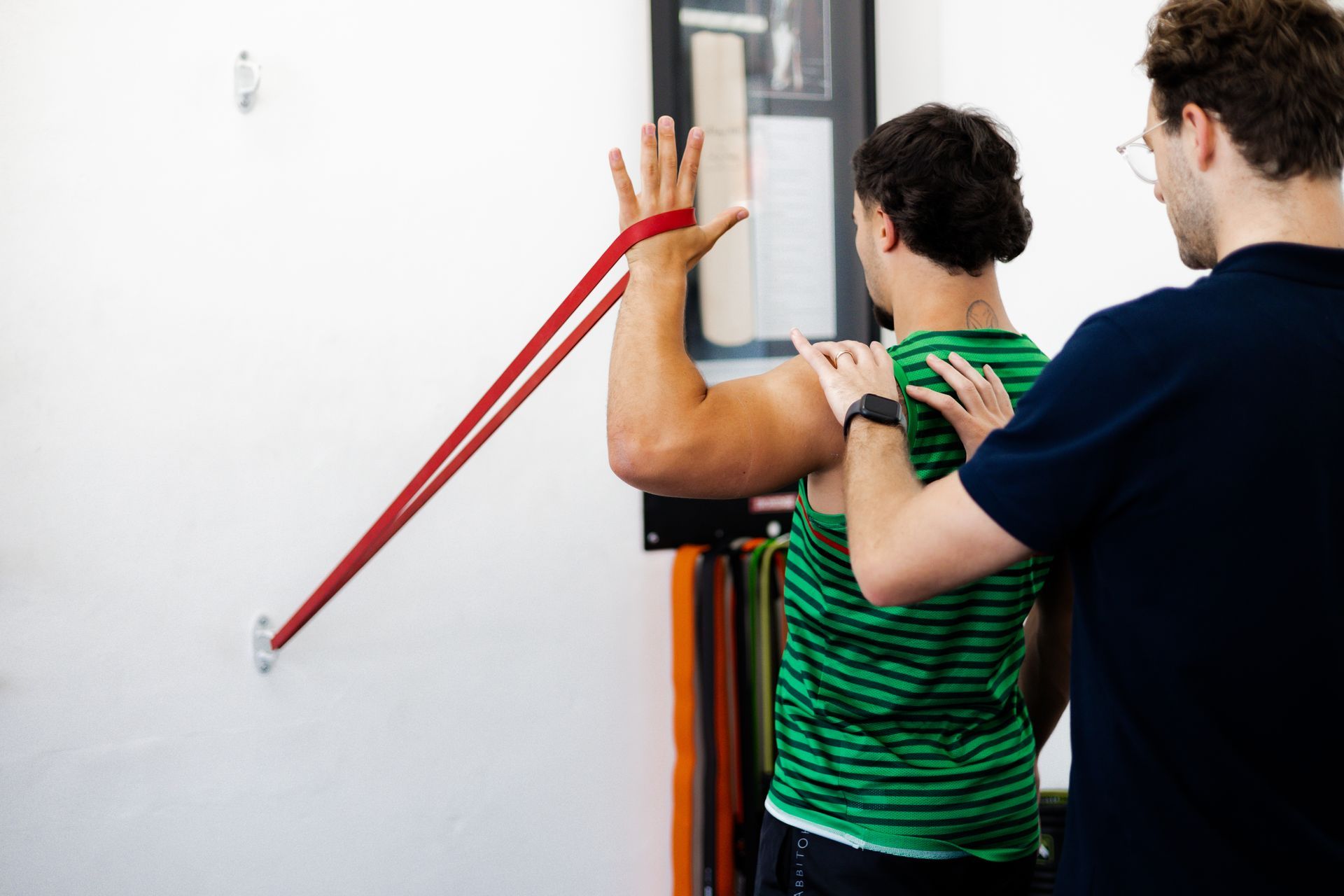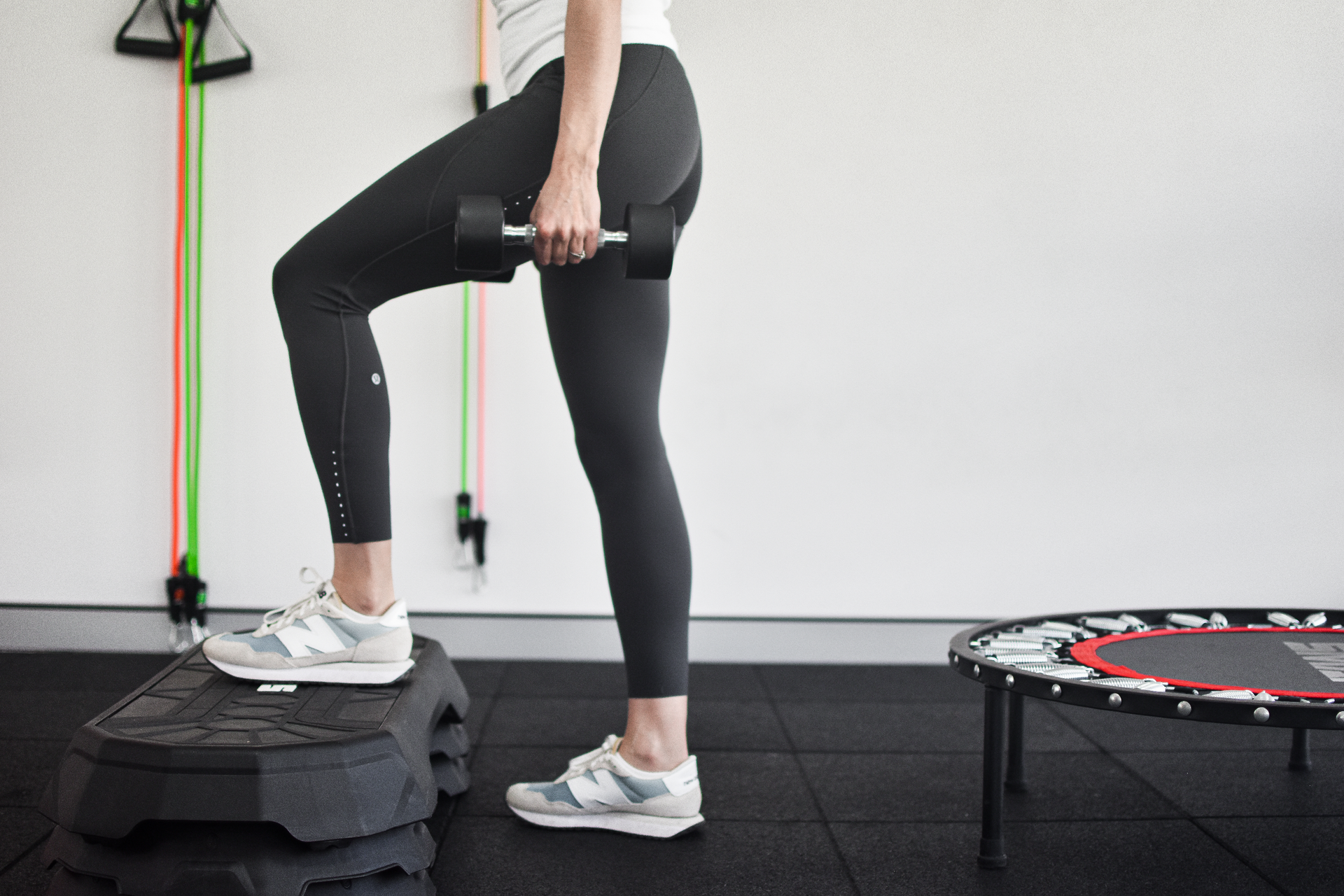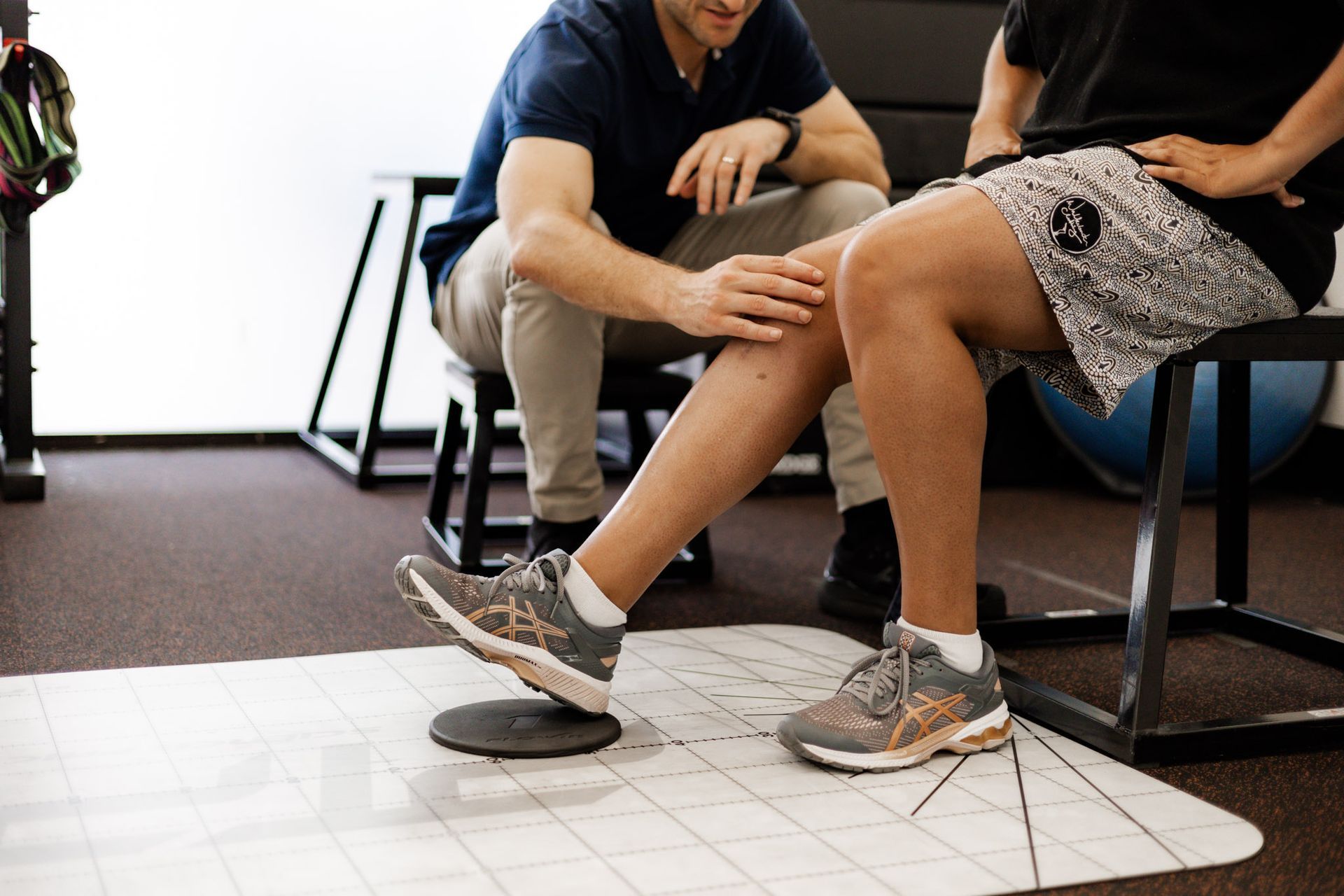Blood Flow Restriction (BFR) Training
Application and benefits during rehab.
Blood flow restriction (BFR) training involves restricting the blood flow to working muscles during exercise, resulting in hypoxia in the muscle tissue. It can be applied to both resistance and aerobic exercise; however, the purpose of this blog is to have a look at the potential benefits of using BFR during resistance-based exercise in rehab.
BFR resistance training has been shown to help increase muscle size and strength in young, old and load compromised populations (including post ACL replacement surgery and people suffering from OA). The greatest benefits of BFR training have been shown to occur during low-load resistance exercise, with some studies showing that muscle hypertrophy and strength adaptions using BFR are significantly greater than those achieved with low load resistance exercise alone.
Benefits of BFR during rehab
After sustaining an injury or having surgery, people will often struggle tolerating heavy loads through the affected area, which can cause an increase in pain during activity, reduce function and impact rehab and recovery timeframes.
During rehab for any type of injury, it is important to load and strengthen the muscles around the injured or painful structure, however pain (and injury) can often prevent a person from being able to perform the required exercises (or tolerate the required load during exercise) to actually achieve this increase in strength, which can often lead to slow progression during rehab.
This is where BFR training can be beneficial. BFR training can be used to get the most out of low-load resistance training for load compromised people who can’t tolerate heavy-load training during the early stages of rehab.
Applying BFR training to rehab
As mentioned above, BFR training can be a useful tool when trying to maximise the impact of low-load exercise during rehab. This can often be beneficial when pain/injury is impacting the ability to appropriately load the injured area in order to elicit a change in symptoms. A good example of this presentation in the clinic is during rehab following a patella dislocation or subluxation.
The sensitivity and reduced capacity to load the patellofemoral joint after this type of injury can make it hard to perform quadriceps strengthening exercises with adequate load to elicit a meaningful change in strength, which can lead to the development of compensatory strategies and slow progression during rehab. BFR can be used to help overcome this hurdle. Have a look at our Instagram here to see an example of a rehab session using BFR for a client who suffered a patella dislocation.
There are many other types of pain/injury that could benefit from the use of BFR at certain stages of rehab, such as managing OA pain and when recovering from ACL replacement surgery.
Overall, BFR can be a useful tool to use during certain stages of rehab; but just like all aspects of rehab there is no ‘one size fits all’ approach, so get in contact in you would like to discuss if BFR could be useful for you.
Reference for information
Hughes L, Paton B, Rosenblatt B, Gissane C, Patterson SD. Blood flow restriction training in clinical musculoskeletal rehabilitation: a systematic review and meta-analysis. Br J Sports Med. 2017 Jul;51(13):1003-1011. doi: 10.1136/bjsports-2016-097071. Epub 2017 Mar 4. PMID: 28259850.
